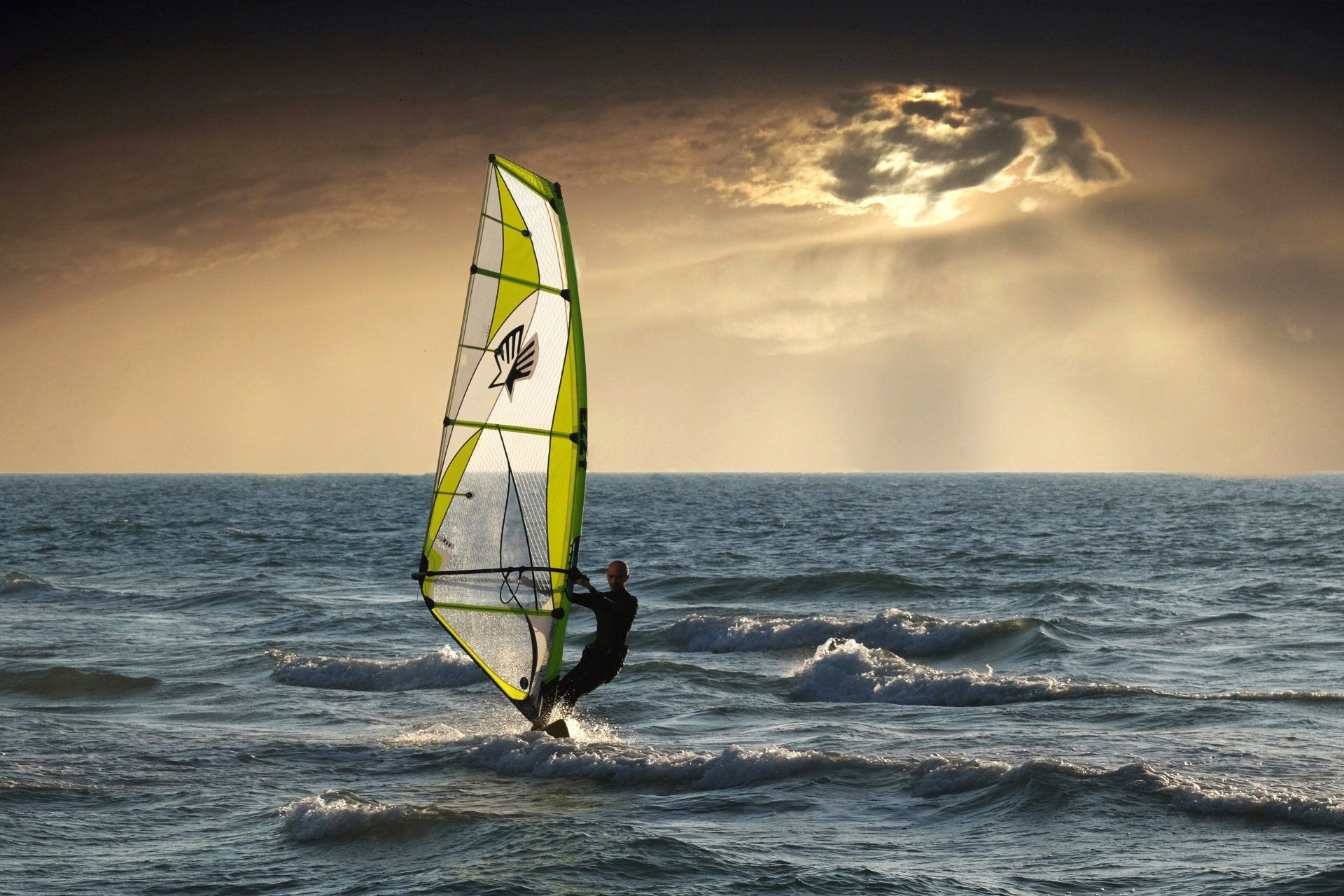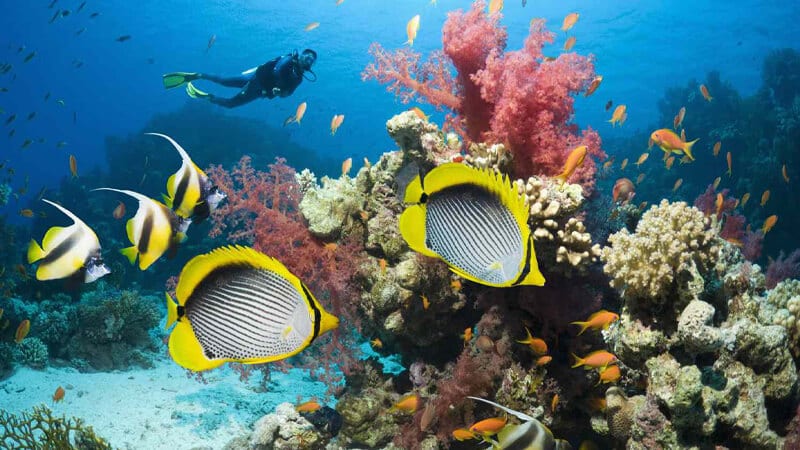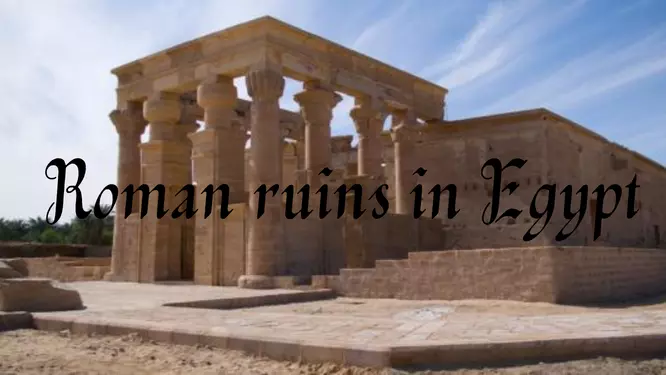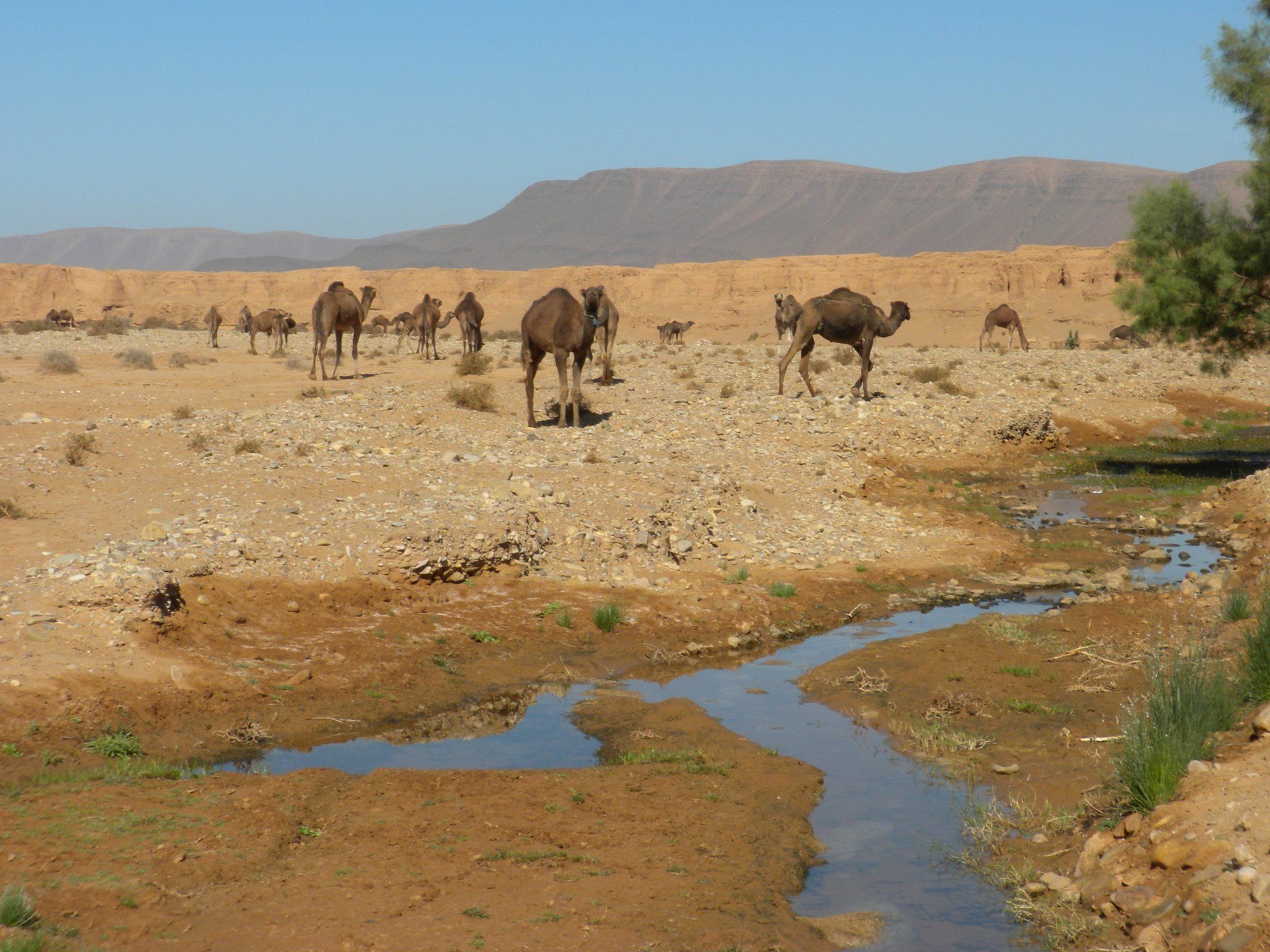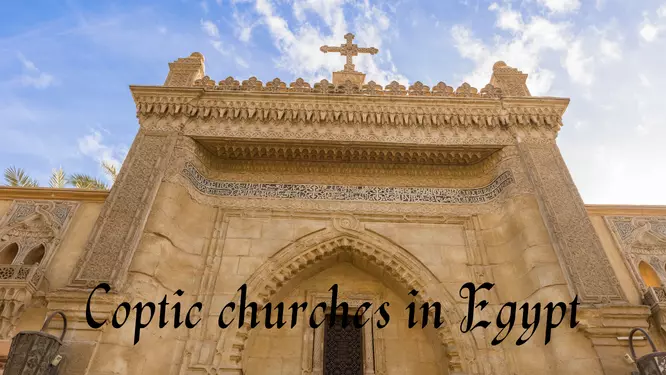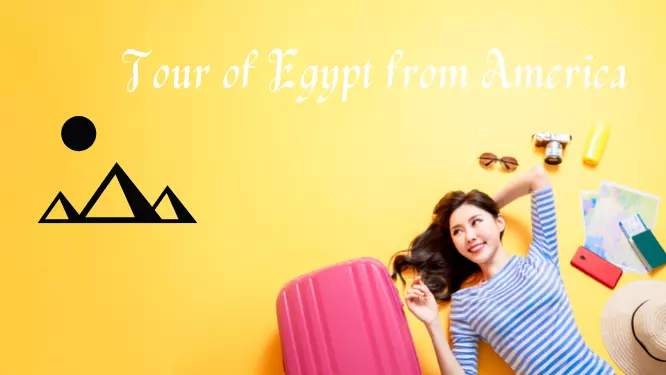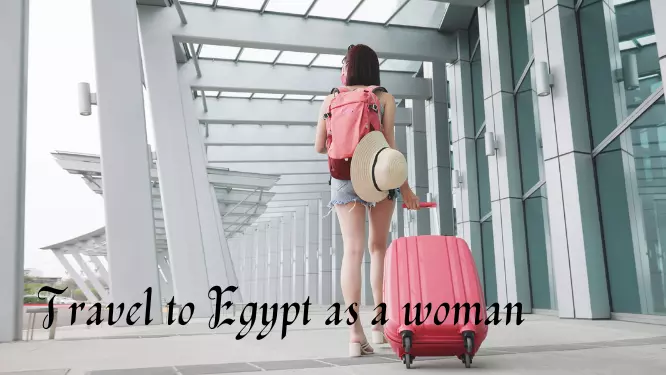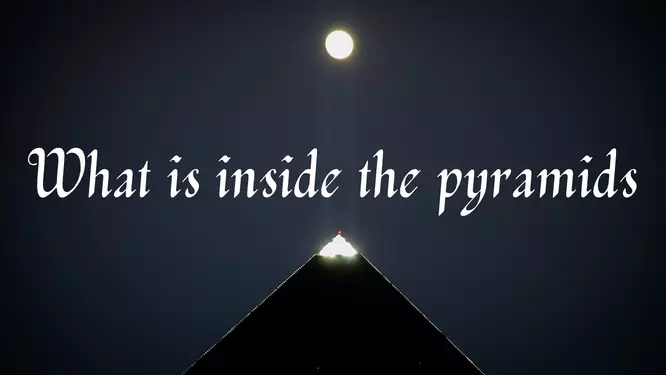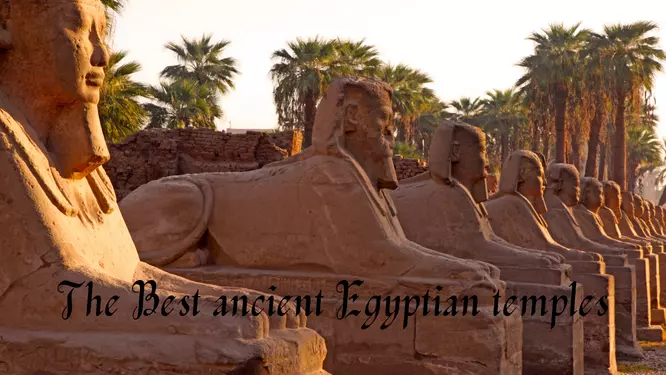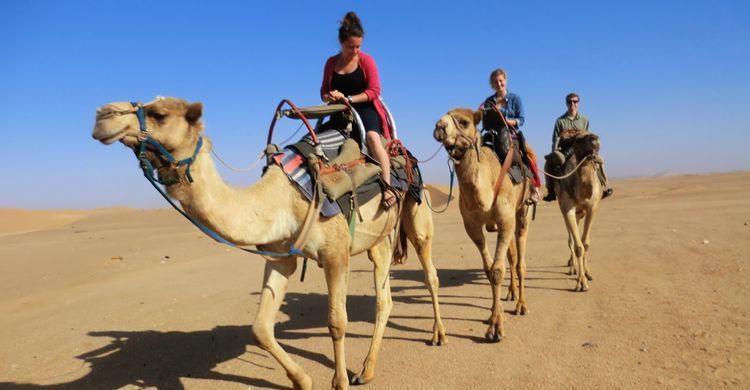Abu Simbel Sun festival
Want to visit Egypt to witness the Abu Simbel Festival? This handy guide will give you everything you need to know about this unique event.
Abu Simbel Sun festival
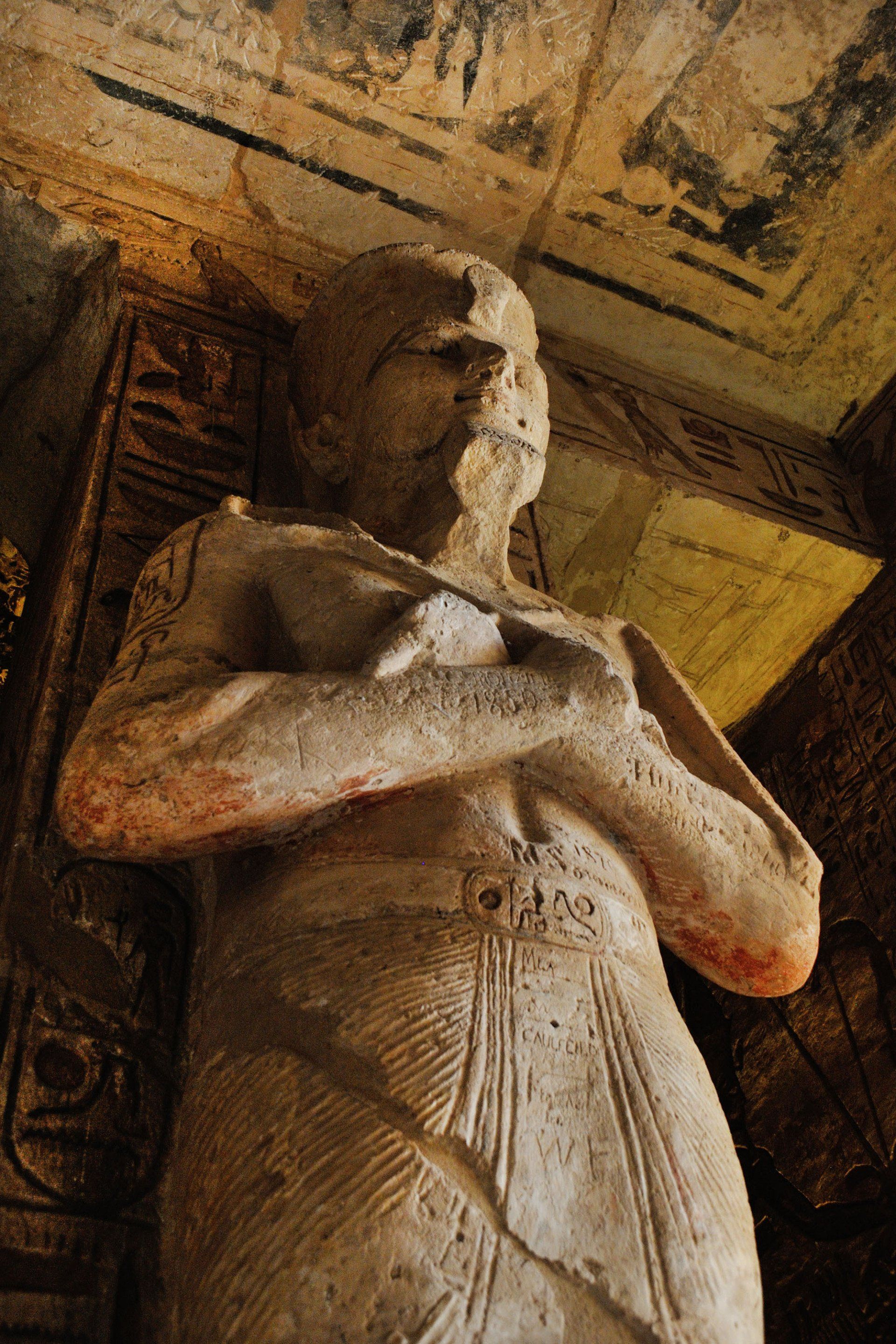
What is Abu Simbel Temple?
The Abu Simbel Temple was built by ancient Egypt's most famous king, Ramesses II, and the construction process began in Aswan, where the temple was practically carved out of a solid cliff.
The main purpose of the building is to celebrate the victory of Ramses II, who died in 1274 BC. during the Battle of Kadesh.
The Abu Simbel temple is one of the most scenic places in the world, the second most visited tourist attraction in Egypt, and the pyramids of Giza top the list. The relocation of the temples was a landmark event in the 1960s when the temples were dragged into Lake Nasser during the construction of the High Dam.
The Egyptian government, with the support of UNESCO, has launched a global appeal to save these monumental monuments.
What's in the Abu Simbel complex?
The Abu Simbel complex mainly contains two main temples:
The Great Temple is 30 meters high and 35 meters long and includes four colossal statues seated at the entrance of King Ramses II on his throne.
It also includes a series of paths and rooms. On the walls, there is graffiti depicting the military victories and personal life of Ramses II, as well as images of ancient Egyptian gods.
The temple was built for the Egyptian Queen Nefertari, the favorite wife of Ramses II and the only woman he loved.
The Tempietto is located 150 meters from the main temple and has a facade with four colossal seated statues, two of Ramses II and two of Nefertari.
The walls of this temple depict images of Ramses and Nefertari praying to the gods.
What is the Abu Simbel Sun Festival?
During the construction of the temple of Abu Simbel, Ramses II wanted to illuminate the interior twice a year: the first time on February 22, the anniversary of his accession to the throne, and the second time on his birthday, October 22.
The Abu Simbel Festival is a bi-annual event held at the magnificent Temple of Ramses II in southern Egypt. Two days a year the sun illuminates the central chamber of the temple and for a short time, the sun is perfectly aligned to illuminate the inner sanctum from the normally darkened interior.
Clever architecture means illuminating the temple's internal statues of Ra (the sun god) and Amun (the king of the gods).
Only Ptah, the god of darkness, remained in the shadows.
This event has been going on for more than 3,200 years.
Construction of the Aswan Dam in the 1960s threatened to overwhelm Abu Simbel, so the entire complex was carefully moved within 200 meters of the flood line.
The project cost millions of dollars but left the most famous temples intact and the dam gave Egypt the development it needed. Since this move, the Sun Festival is now a day later than the days of Ramesses II, and when the Abu Simbel Temple was built, Ramesses II intended to light its inner chamber twice a year for the first time on February 22. , in commemoration of his accession to the throne and for the second time on the occasion of Eid. His birthday is October 22.
What are the celebrations that take place during Fiesta del Sol?
Very early in the morning, large crowds of locals and Egyptians from all over the country join international visitors for a pre-dawn meeting in front of the temple.
Here, they watch the sunrise and step into the darkness of the temple's inner chamber for a close-up view of the magnificent view of the three sun-bathed statues.
When the sun rises high and the statues return to shadow, everyone eats, drinks, dances, and celebrates. It's a fun-filled day with lots to do.
You will see traditional singers and dancers show off their skills. There are artisans of all kinds who share their craft. There are also plenty of opportunities to sample the delicious local Egyptian cuisine.
Meet friendly locals and learn about current Egyptian culture as well.
